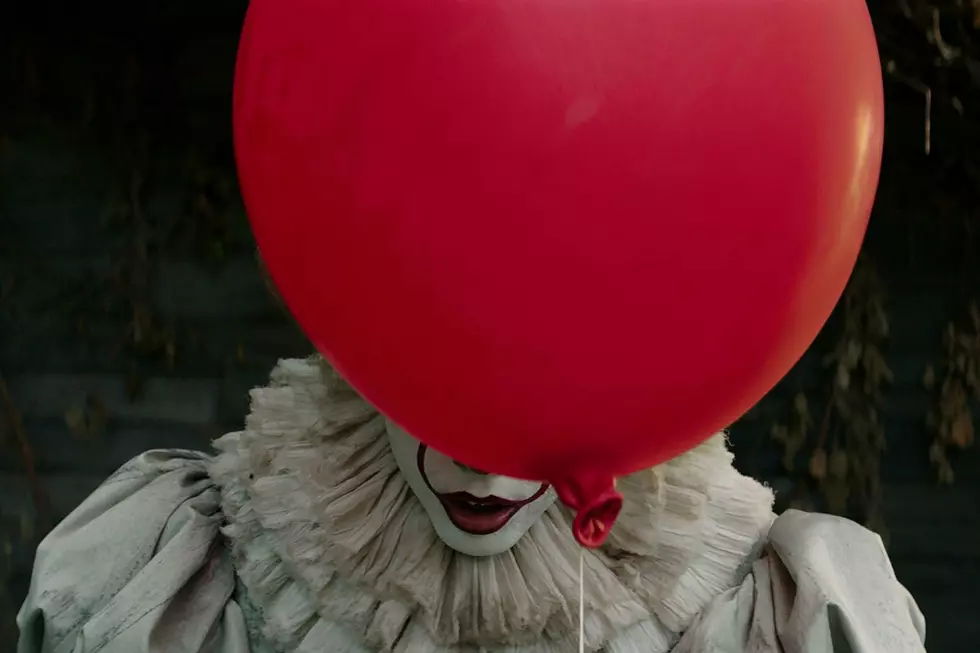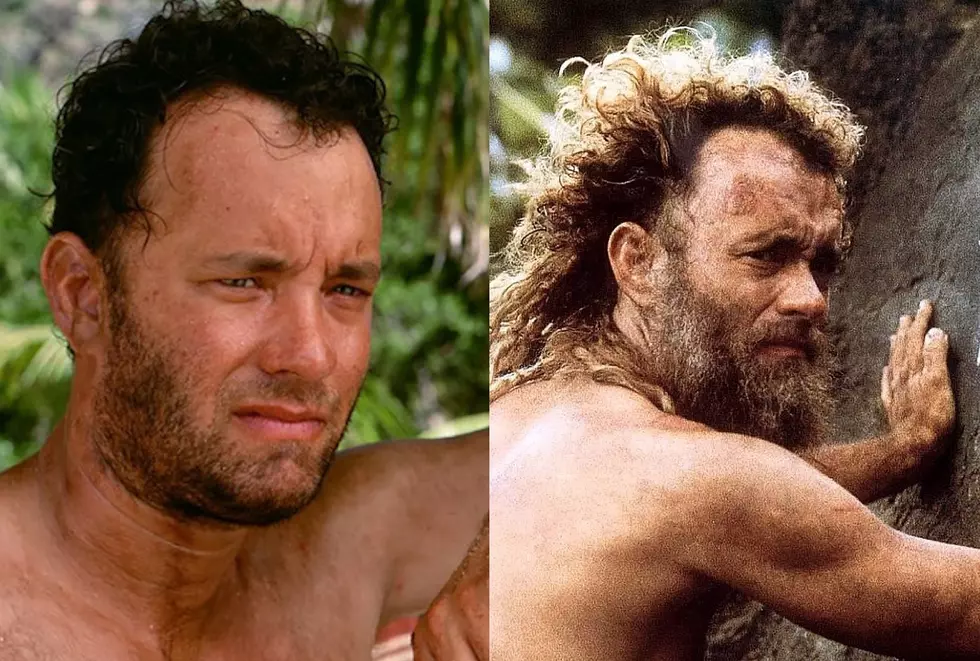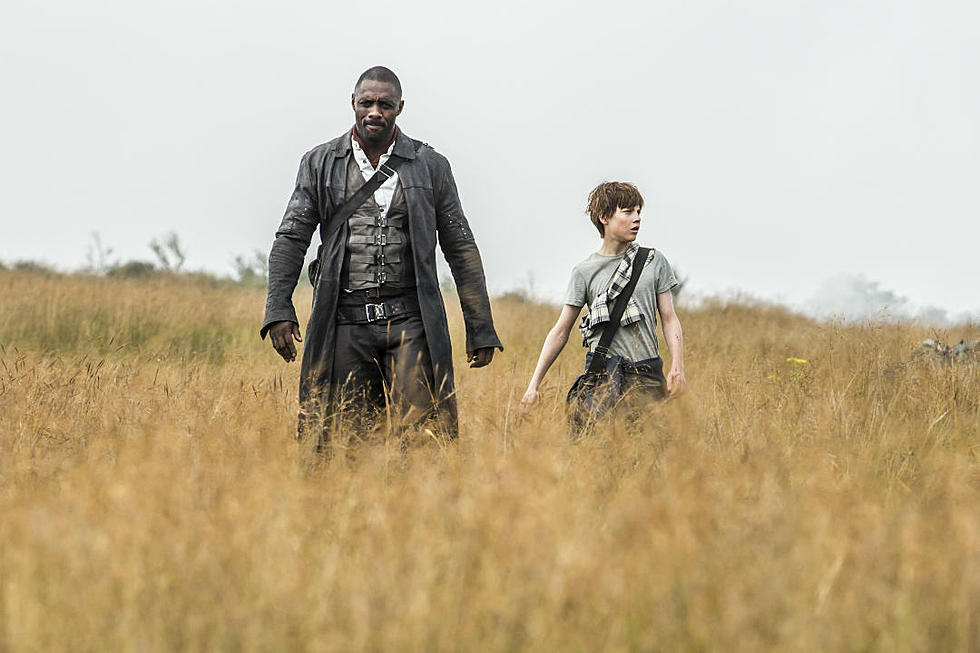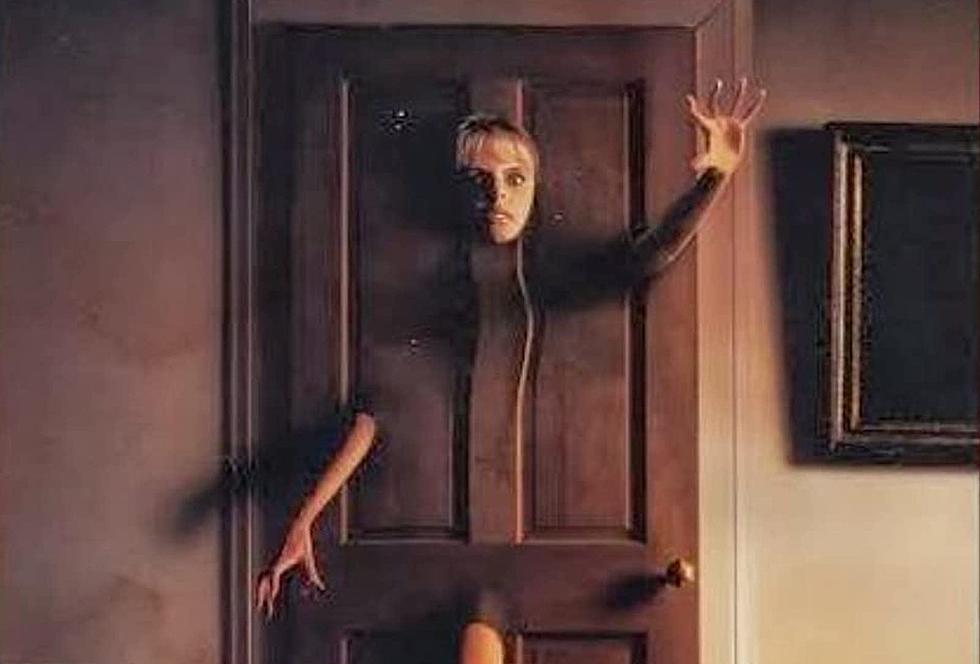
‘Doctor Sleep’ Director Mike Flanagan On the Secret of Great Adaptations
It takes a brave soul to attempt a sequel to a Stanley Kubrick movie. Making a sequel to The Shining, maybe the single most beloved horror movie in history, takes an act of madness that would give Jack Torrance a run for his money. Not only do you have to continue the story of one of the most obsessively studied films in history, you also have to please the one person who didn’t like Kubrick’s version of The Shining, the guy who wrote it in the first place: Stephen King.
Writer/director Mike Flanagan told me that despite a lifelong love of the material, under most circumstances “the idea of just making a sequel to The Shining would be a nonstarter.” In this case, though, there was a book to work with, Stephen King’s Doctor Sleep. Written in 2013, King’s tale reconnects with the survivors of his version of The Shining many years later, as a grown-up Dan Torrence struggles with alcoholism and uses his psychic abilities as a hospice nurse. Presented with the opportunity to adapt King’s Doctor Sleep — and to find a way to also honor Kubrick’s vision at the same time — Flanagan accepted.
His Doctor Sleep is a unique hybrid; part King, part Kubrick, with plenty of Flanagan’s own style, which favors heavy atmosphere and sustained suspense sequences over traditional horror shocks. During a recent phone call, I asked Flanagan why he’s so good at tricky adaptations, how being his own editor affects his approach as a director, and why so many of us are still exploring the dark corners of The Shining’s Overlook Hotel all these years later.
I’m curious about your process as your own editor, and how that affects how you approach shooting. Do you go into the editing room with a very clear plan about what you want, or do you shoot a ton of footage so when you get in the editing room you have lots of options to play with?
I’ve always been a real believer in prep. I do a really meticulous shot list that’s meant to kind of be a paper cut of the movie. It’s a process that my DP, Mike Fimognari, and I have been kind of refining together since Oculus now. But we’ll shot list the entire film from start to finish at least once, hopefully two or three times during prep, before we actually shoot. And on set it’s actually the opposite of coverage. I don’t want options so much as I want a very specific shot sequence. In the past we’ve gone down to a single camera to help accomplish that. Then in the edit room, it tends to feel like putting together Ikea furniture.
I’ve had assistant editors over the years who panicked when they get the footage, because they don’t feel like it’s all there. I say “You have everything you need to do it the way I want it to be built, and nothing extra.” I’ll try to save whatever time we have for options. I try to save that for the actors. I tried to save that for takes, so we can try different things, but the shots are actually pretty surgical.
I thought Ewan McGregor gave a really good performance in the movie as Dan. I didn’t know anything about his personal life, but he was so good, it made me wonder if he has ever had issues with alcohol abuse. After the film, I Googled a little and sure enough, he had. I’m curious if that was something you guys talked about, and whether it played into why you wanted him for the role.
Yeah, we talked about it quite a bit. The very first time we ever met we spent a lot of time, kind of talking about our personal lives, which was a surprise. Everybody I met with in those early days, all the actors I would talk to about the film ... it’s really easy to get stuck in, in the pit of talking about Kubrick and The Shining and Nicholson and things like that. And Ewan came in and acknowledged all of those things right away, but very quickly wanted to talk instead about AA, and then talk about recovery and specific to Dan, kind of talking about how he thought it was such a wonderful journey to dive into, taking a character from rock bottom and slowly climbing up that cliff face to find purpose.
That’s what had resonated with Ewan about the script, and that’s what made me feel like he was the perfect guy to play the part. He was focused on the right elements of it instead of being so focused on The Shining, which is hard to do cause it looms over us so much on this movie.
Speaking of The Shining; there are a lot of great horror movies, and a lot of great Kubrick movies, but people seem uniquely obsessed with The Shining. Why do you think that is?
I think it speaks to the genius of Kubrick that he was able to layer so many levels of meaning into every frame of The Shining. There’s something so enigmatic about it. That labyrinthian madness that he pushes Jack through throughout the movie, he does that to the audience as well. And there’s something about it that is so enduring. I think the imagery he comes up with in that film, I mean it sears itself into your brain. I’ve had that movie in my imagination forever; since I was in fifth grade when I first saw it. I know that I’m not alone in that. I imagine you probably have a very similar story.
So for me, as a fan of it, as someone who has studied that movie as a work of art, as a horror film unlike any other that’s ever been made, I wanted this to be a celebration of that more than a sequel. Very few films that I’ve ever seen benefit so much from rewatches. It’s so hard to scratch the surface of so much of what he’s doing. It requires almost a lifetime of study. And every time you revisit that movie, it pulls you further and further into the maze. I think there’s something magical to it. And it was so cool just to be able to kind of play in the same sandbox.
The recreation of the Overlook Hotel in the film is absolutely incredible. I’m sure it was all difficult to pull off, but was there any specific component of that set that was really hard to get right?
There were a lot of things about those spaces that were really challenging because Kubrick had used every available square foot of his sound stages in London when he built the Overlook, and had incorporated into his design physical features that happens to be present on those stages. So if there were stairs or kind of a step-up on the stage, he built it into a set. That’s why to get into the residence in The Shining, they have to go up these two little steps as they make their way into the hall.
There was a ton of discovery that happened when we would go to his original blueprints and realize that, “Yeah, these were the plans, this was what he had intended to do, but even he had changed things.” [Kubrick] had spent so much time shooting this film, that we bumped into questions. Like, okay, we’re gonna rebuild the Colorado Lounge. I want the Adler typewriter on the table. What color is the typewriter? The Shining has more than one answer!
[laughs] Right.
And I’m only using it once, so I have to pick. That stuff was agonizing.
Look, the interior of the hotel made no sense. The geography of the hotel made no sense. The layout of the lobby in relation to the exterior in relation to the hedge maze and the doors. It made no sense. The continuity of the movie intentionally, I think, was kind of all over the place at times. And having to make decisions, only being able to interrogate his plans and his finished film, that that was really agonizing sometimes. I had to take a poll of the crew and say “What color do you remember the typewriter being?” [laughs] “What in your mind, as someone who loves The Shining, what color is the typewriter?” And whatever answer was the most prevalent was the one I would go with. But yeah, it was fraught with a thousand really terrifying questions, and the sense that I’d never really know if we got the answers right. Because no matter what we would decide, some people would disagree. That was clear from the beginning.
You’re not just recreating the spaces from the movie, you even recreate and nod at specific shots from The Shining. Like when Rose is walking up the Overlook stairs towards Dan, it’s the same shot as Jack walking up the stairs towards Wendy from The Shining. Why did you feel it was important, thematically or from a storytelling perspective, to go so far as to quote certain shots and angles?
The scene you’re talking about in particular, I liked the juxtaposition of Danny kind of retracing his mother’s footsteps in that scenario. Of seeing that space, and that oncoming threat the way his mother had. There were times throughout where it felt appropriate and it felt exciting to quote Kubrick. And that’s how we talked about it on set. I would say “For this shot, for this frame, for this moment, I want this to be a direct quote.” I had perceived a thematic link that was strong enough between the events of our film and his, that it felt like a great opportunity to directly reference some of the creative decisions that he made.
I always tried to counterbalance those though. For that scene you’re talking about, I figured if I was going to be homaging his shot so directly, it was important that I then find an angle that he absolutely didn’t use right on its heels. Which is why I cut to overhead of the stairs at the very end of that moment when Dan’s at the bottom. For as many quotes, it was important to me that we also supplemented that with an angle in that space that he had actively avoided so that it wouldn’t always just kind of be that kind of direct quotation.
More than anything, I always wanted it to be in tribute. But man, it’s hard when you realize too that he very often put the camera in the perfect place for that frame, that moment. I would be able to interrogate his shot selection. I’d say, “Okay, well what if we moved our lens three feet to the right? What if we did this?” Inevitably, I’d come back to the fact that yeah, the most interesting shot — for the symmetry, or for getting into the characters’ eye line or for any number of reasons — the place where Stanley Kubrick put the lens was the right place to put it. There wasn’t a way out of that sometimes.
I’m curious if you saw Ready Player One, and if so, what you thought of its recreation of The Shining.
I did. I heard that they were going to do something with it so I saw it opening weekend, very nervous. Just to make sure that we weren’t going to be stepping on each other’s toes really. And what it made me feel was as I sat in the theater and the Overlook came on the screen, the entire mood in the theater that I was in changed immediately. Everyone smiled and sat up, and it lasted throughout the entirety of that film’s Overlook sequence. And it made me feel very reassured, that feeling, no matter how I felt about some of the creative choices that were made within the Overlook in that film — which was obviously in a very different direction than we were taking it, just based on the story they were telling — how excited I was just to be within those spaces again. How excited I was to see those rooms and those environments on the big screen and to really spend time there. It made me feel like there was a good chance people would still have some of that excitement left by the time by the time our film came out.
You’ve done several really interesting horror projects in a row. Is this where you plan to stay for the foreseeable future, or are you looking to branch out into other genres?
I love the genre. I’m not in a rush to get out of it ever. If I make nothing but horror films for the rest of my life, I will be lucky to do so. And I’m thrilled just to be able to continue to tell stories that I like. I always go with the characters more than the genre elements. For me, it’s always something that I find and relate to in the principle characters that draws me to a story. So I could absolutely see any number of scenarios where I could be pulled into another genre that way, through characters I love. But I’m certainly not seeking that out, and if it never happens, if I am just doing the kind of horror that I like to do for a living [laughs] for the rest of my career, that’s an amazing outcome and I would just be grateful to be here.
Doctor Sleep is an adaptation, and a really tricky one at that, because you have to adapt a book and a movie, and they don’t always line up perfectly. And you’ve also adapted Gerald’s Game and The Haunting of Hill House, so you clearly has a knack for it. As you are adapting these concepts, are there any rules or guidelines you follow each time?
I think more than anything, I’m a fan first. As a lifelong Stephen King fan, I’ve seen so many examples of adaptations of his work in particular that didn’t work for me, and that made me feel kind of protective of the story that I loved so much. In this case, I have an intense feeling of protectiveness for not only Stephen King’s Torrance family saga, but for the Kubrick film as well, which has meant so much to me since I was a kid.
So the philosophy that I carried into this, and it’s true of Hill House and it was true of Gerald’s Game: Be a fan first and try to imagine whenever I come up against a decision as what to keep or what to change or how to approach something in an adaptation, try to imagine how I would react if someone else was making the film and was making that decision, just as a fan. Like, what’s the thing that I would talk to my friends who are also cinephiles? What’s the thing I would complain about? What’s the thing I would celebrate in someone else’s adaptation? And I feel like if I’m serving myself as a fan first, then maybe that’s the way through the woods. But I guess I’ll never really know until it’s out there and then the audience claims ownership of it.
Doctor Sleep opens in theaters this weekend.
Note: As Amazon Associates, we earn on qualifying purchases.
Gallery — The Best Horror Movies of the 2010s:
More From Mix 97.9 FM










